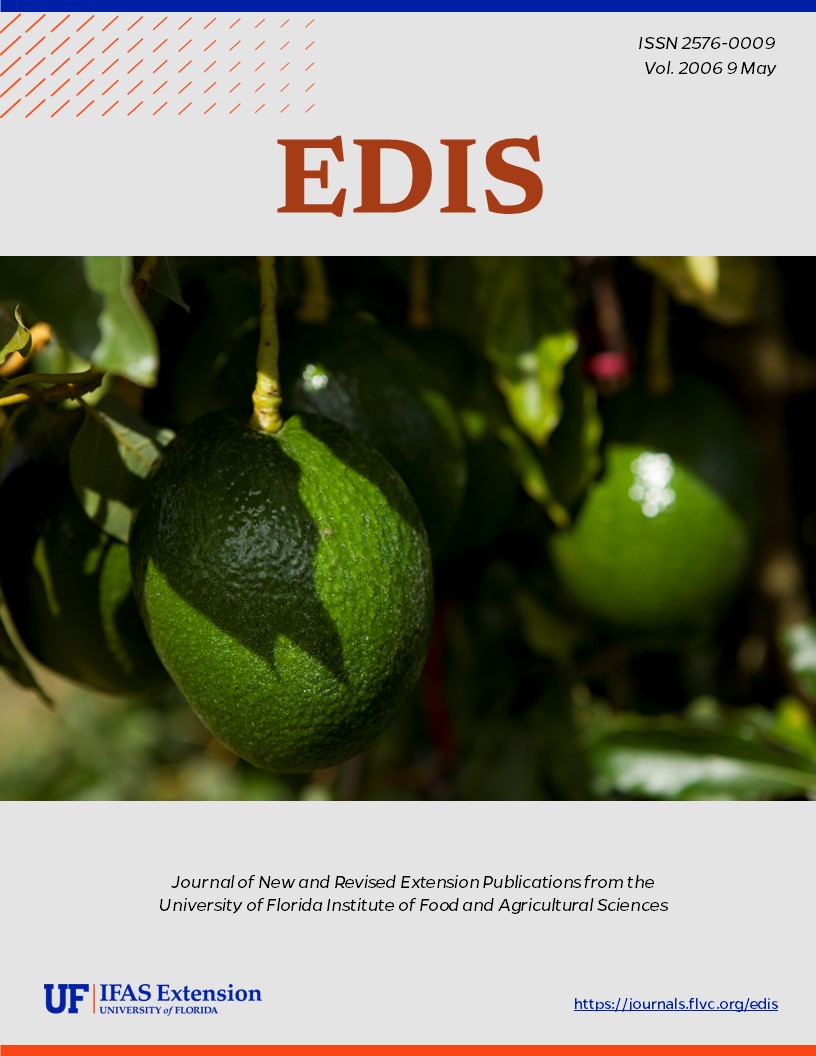Abstract
4-H Youth Development relies heavily upon the five steps of the experiential learning model to teach life skills. The sequential steps of the model help youth identify what they have learned from a 4-H experience or activity and to apply that learning to other experiences or situations. This model requires that the “teacher/leader” be very clear about the skill or concept targeted and that the experience and the processing questions are designed to support that learner goal. The experiential learning process engages the learners in all phases of the activity, resulting in the ability to generalize this learning to new situations. This document is 4H SFS101.10, one of a series of the 4-H Youth Development Department, UF/IFAS Extension. Published May 2006.
4HSFS101.1/4H243: Using an Experiential Model in 4-H (ufl.edu)

